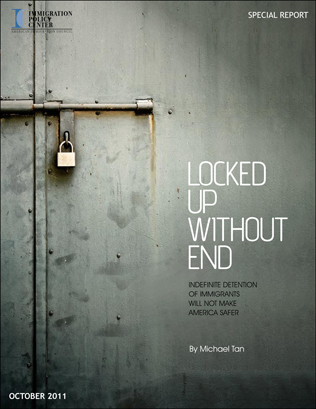Why an Attrition through Enforcement Strategy Makes Life Difficult for Everyone
 By Michele Waslin
By Michele Waslin
The day that Alabama’s draconian anti-immigrant law went into effect in October of 2011, thousands of school children were reported absent from schools across the state, and workers did not show up for their jobs. In recent months, many immigrants living in the state have confined themselves to their homes, fearful of driving their kids to school, getting groceries, or seeking medical attention. The Alabama State Representative behind the law, Mickey Hammon, explicitly stated that this was the law’s intended effect. He said that the law, HB56, “attacks every aspect of an illegal alien’s life” and “is designed to make it difficult for them to live here so they will deport themselves.”
Alabama provides a sterling example of the devastating impact of a strategic and systematic plan being promoted by anti-immigrant groups and lawmakers who have jumped on the bandwagon. The plan is called “attrition through enforcement” (sometimes called “self deportation”) and the groups behind it have created a web of federal and state legislative proposals that seek to reduce illegal immigration by making it difficult, if not impossible, for unauthorized immigrants to live in American society. While individual proposals may appear to be relatively benign, they are part of a larger systematic plan that undermines basic human rights, devastates local economies, and places unnecessary burdens on U.S. citizens and lawful immigrants.Read more...
Published On: Mon, Feb 06, 2012 | Download File





